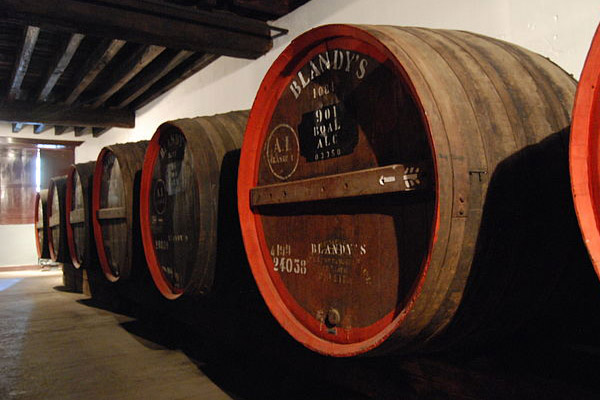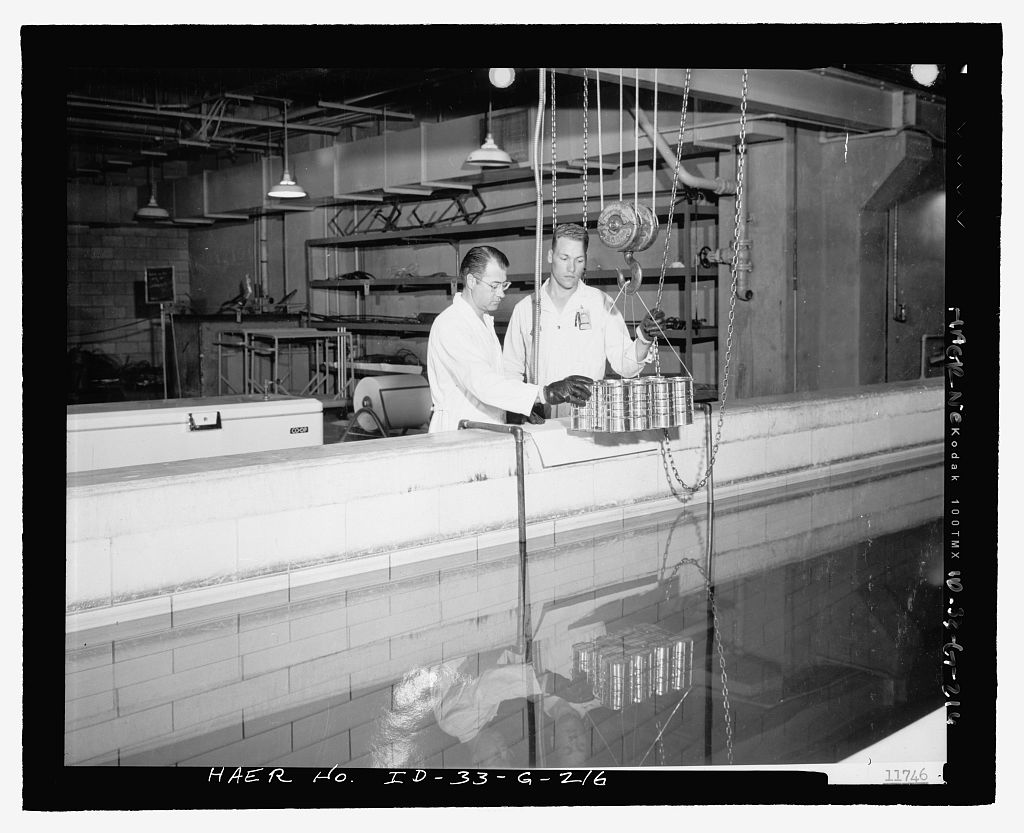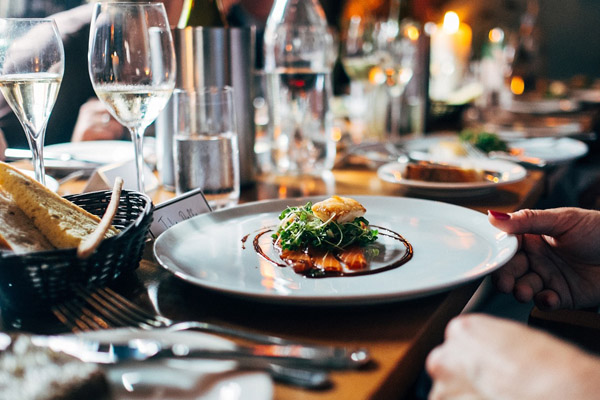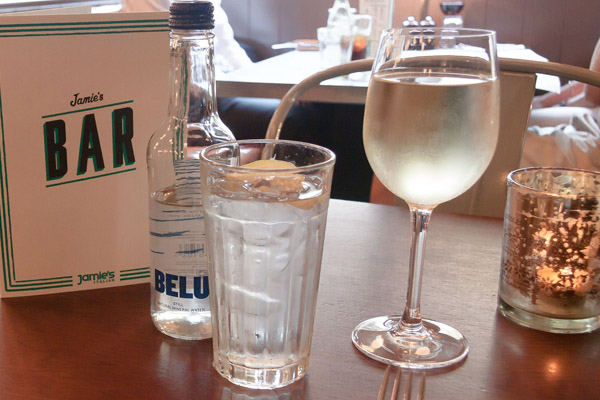We all know how frustrating it is to open that treasured bottle only to discover it is corked. Is there a solution?
For the last 10 years or so I have experimented with Saran Wrap but any plastic food wrap will do nicely. I have had mixed results but a few weeks ago I opened several hours before dinner at home a bottle of cellared 1996 Barbaresco Pora from the Produttori del Barbaresco. An excellent vintage with no rush to drink them up. This bottle however was badly corked on opening and decanting. I immediately tried this trick. Crumbled up quite a bit of plastic wrap into another wider mouthed decanter and swirled around the wine and the immersed plastic. Then stoppered the decanter and put in the frig for 2 hours. Brought it out and allowed it to warm up and decanted it back into the original decanter. Presto! It worked fantastically this time – best yet – as the TCA was absorbed by the plastic and it turned out to be an amazingly clean bottle of wine. Other wines for shorter periods of plastic exposure have brought mixed results. I have even boldly asked to try this procedure with expensive wine I brought to a restaurant that turned out to be corked. It always seems to help to a certain extent but not as perfectly as on this recent occasion. Good luck!
I recommend you try it. If you have already please let us know of your results. Any other ideas of trying to improve corked bottles of wine – other then switching to screw tops or sending it back for another wine in a restaurant?

 Workers pose for a Gamma Irradiation Experiment. Cans of food will be lowered
Workers pose for a Gamma Irradiation Experiment. Cans of food will be lowered

